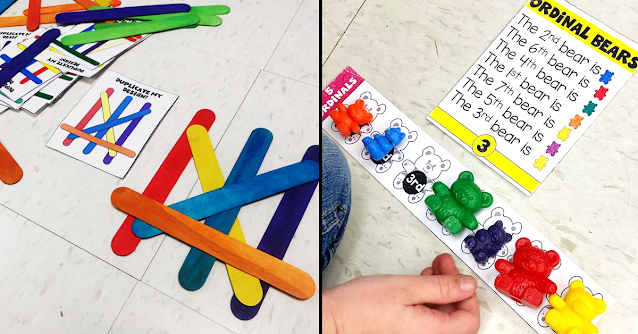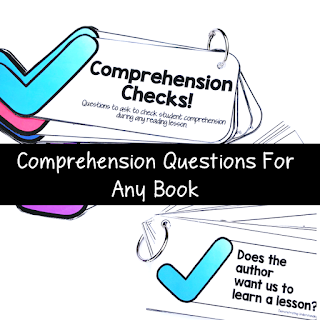How do you start each day in your classroom? Morning work is a popular approach, but there are differing views of what morning work should look like. Hands-on learning is best, especially with math morning tubs that my students beg to use each morning.
Why use Traditional Math Worksheets?
Traditional math worksheets have long been the go-to in classrooms because of their ease of use and familiarity. They offer a structured format for practice and assessment, making them convenient for teachers. Worksheets are often designed to align with standardized testing, providing a measurable benchmark for student performance.
Why use a Hands-On Learning approach?
There has been a significant shift in education towards a more hands-on learning approach. Educators and researchers have recognized the power of experiential learning in engaging students and enhancing their learning experience. Hands-on activities let students actively explore concepts, using multiple senses that lead to a deeper understanding of abstract ideas.
Start with Morning Tubs Instead!
Morning Tubs are a dynamic and versatile resource that offers much more than math worksheets. These tubs provide hands-on activities catering to various learning styles and abilities. Unlike worksheets, Morning Tubs encourage social interaction, playfulness, and exploration, creating an engaging and joyful math learning environment. My students look at this time of day as play and fully engage in the activities.
What are the advantages of using hands-on morning work?
Morning Tubs promote active learning and exploration. By incorporating tactile, visual, and kinesthetic elements, these activities immerse students in the learning process, making math come alive. Rather than passively filling out a worksheet, students actively interact with manipulatives and collaborate with their classmates, fostering critical thinking, problem-solving skills, and creativity.
Morning Tubs offer a more holistic learning experience. They help students see connections between abstract ideas and practical applications. This deeper understanding boosts students' confidence in their math abilities and leads them to approach tasks enthusiastically.
Studies show that Hands-On Learning is Best!
Studies have shown that students engaged in hands-on activities demonstrate improved retention and comprehension of subject matter compared to traditional methods. Hands-on learning has been linked to increased student motivation and overall academic achievement.
“This bundle has revolutionized the way I approach my morning routine. My students love our "soft entry" of exploring math bins and these activities have allowed us to approach our learning in a hands-on, targeted, and differentiated manner! “
“Fun and engaging. My young scholars love using these as a way to start out their morning as well as during center rotations. I love that they have hands-on practice with manipulatives to help them learn concretely.”


















.png)









No comments